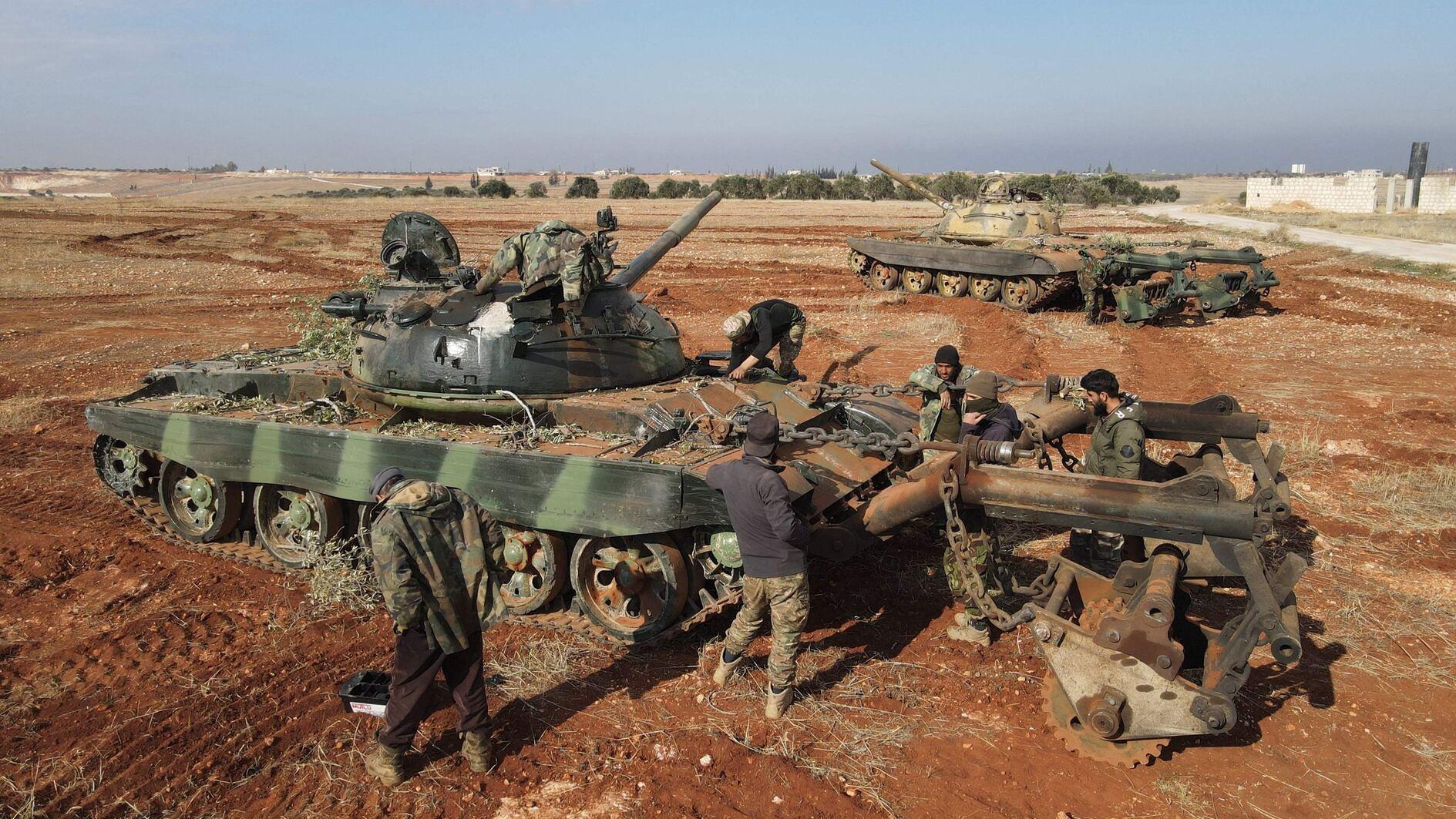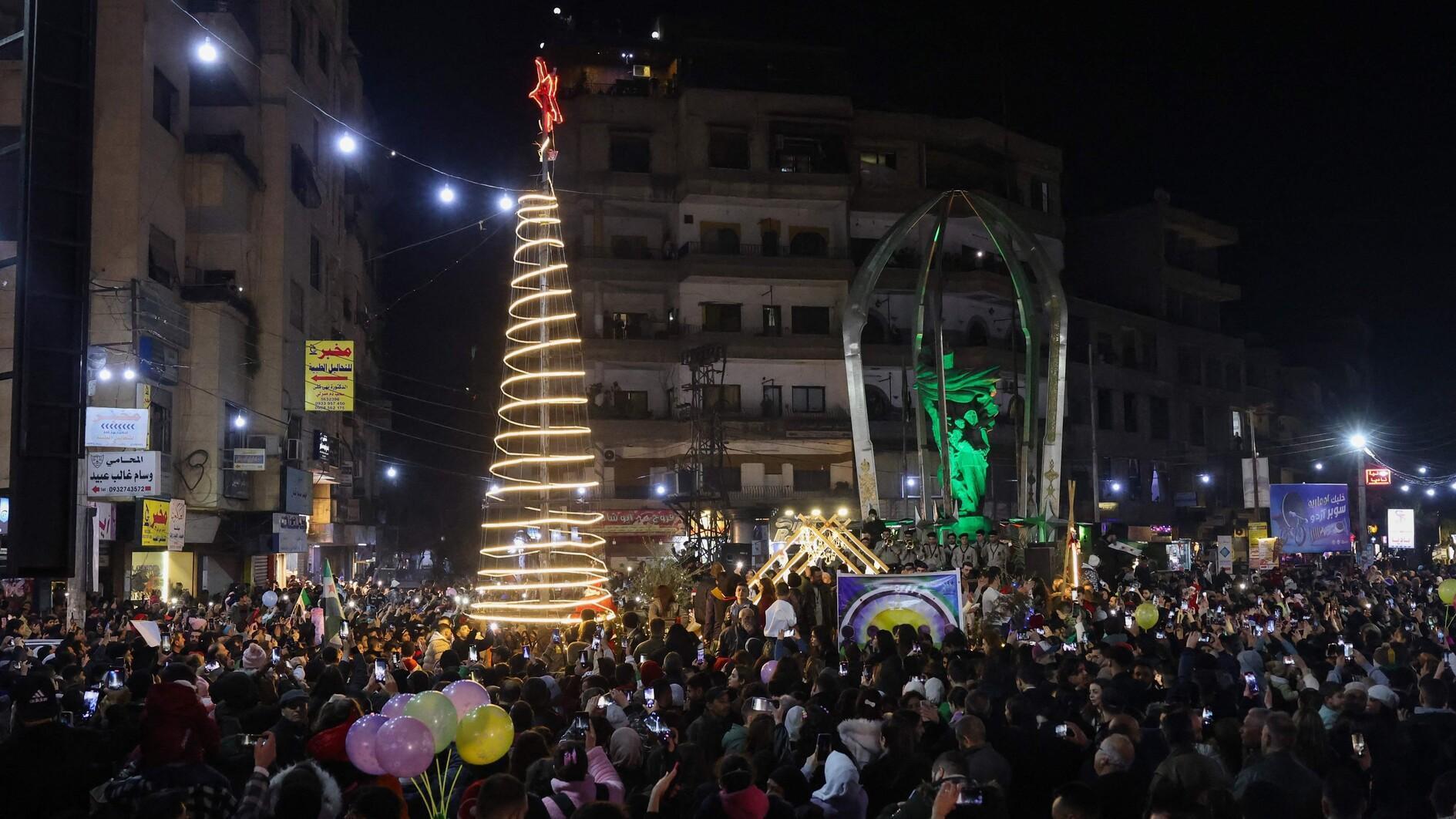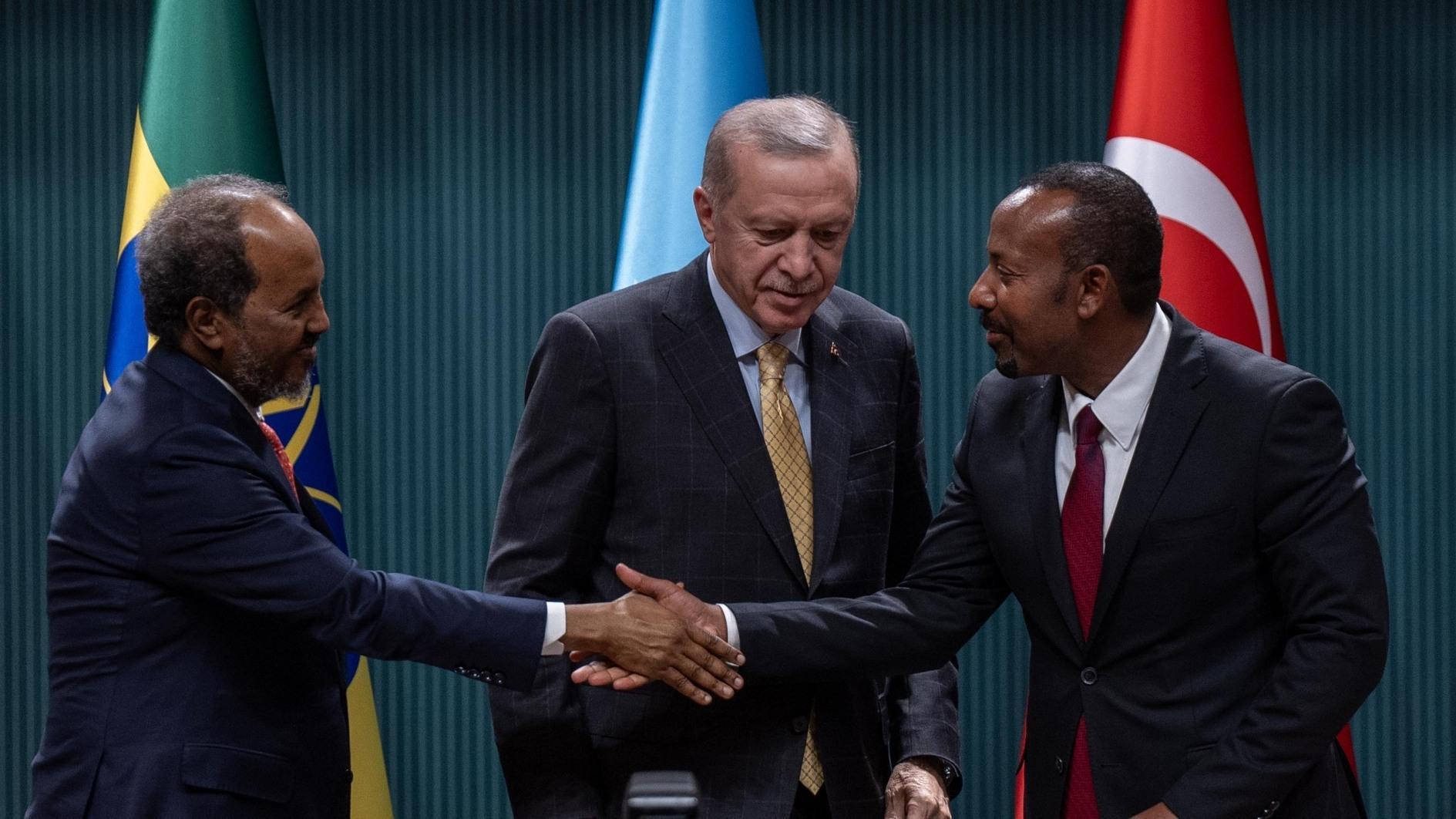US arms Saudis amid standoff with Iranians
WASHINGTON

A handout picture from US Navy dated February 21, 2007, shows the Nimitz-class aircraft carrier USS John C. Stennis as it conducts operations in the Gulf. One of the US navy's biggest warships, the Stennis is believed to be the aircraft carrier which Iran alleges has entered a zone near the Strait of Hormuz. AFP Photo
The United States has signed a $30 billion deal to sell 84 new F-15 fighter jets to Saudi Arabia in a long-expected move that the Obama administration said Dec. 29 would boost Gulf security amid mounting tension with Iran.The deal was formally sealed by Saudi Arabia on Dec. 24, days before Iran repeated threats to close the Strait of Hormuz in response to mounting U.S. and European economic sanctions over its disputed nuclear program. Administration officials described the advanced F-15s as designed to bolster overall Saudi defenses in an uncertain region.
It sends “a strong message to countries in the region that the United States is committed to stability in the Gulf and broader Middle East,” Andrew Shapiro, assistant U.S. secretary of state for political-military affairs, told a news briefing. “Clearly one of the threats that they face, as well as other countries in the region, is Iran,” he said. But the sale was “not solely directed” toward Iran, Shapiro said. “This is directed toward meeting our partner Saudi Arabia’s defense needs,” he said.
Saudi Arabia said it has signed a deal to maximize its defense capabilities in order to protect the oil-rich kingdom. The deal the United States said is worth $30 billion “ensures the kingdom receives the highest possible defense capabilities to protect its people and land,” state news agency SPA quoted a Defense Ministry spokesman as saying.
The sale includes the 84 advanced Boeing F-15SA fighters with cutting-edge Raytheon Co radar equipment and digital electronic warfare systems for which BAE Systems Plc is the key supplier. Also included are upgrades that will bring Saudi Arabia’s 70 older F-15s up to the new standard, as well as HARM AGM-88 Anti-Radiation Missiles, Laser JDAM and Enhanced Paveway munitions and related equipment and services.
Reassurance to Israel
The first new F-15s are expected to be delivered to Saudi Arabia in early 2015, an administration release said. A White House spokesman said the deal would give the U.S. economy a $3.5 billion annual boost and bolster exports and 50,000 jobs. U.S. arms sales to Saudi Arabia often raise concern in Israel, but Shapiro said the Obama administration believed the new advanced warplanes would do nothing to curtail Israel’s comparative military advantage in the region.
Meanwhile, two American warships have crossed through the Strait of Hormuz without incident despite Iranian threats to close the strategic oil route, the U.S. Navy said Dec. 29. The aircraft carrier USS John C. Stennis and the guided-missile cruiser USS Mobile Bay “conducted a pre-planned, routine transit through the Strait of Hormuz” on Dec. 27, said Fifth Fleet spokeswoman Lt. Rebecca Rebarich. The U.S. military reported no friction with Iran’s naval forces after Iranian leaders warned of possibly shutting down the vital strait if the West went ahead with more punitive sanctions over its suspect nuclear program.
Iranian Vice President Mohammad Reza Rahimi warned this week that “not a drop of oil will pass through the Strait of Hormuz” if the West followed through with planned additional sanctions against Iran over its nuclear program. Navy commander Adm. Habibollah Sayari backed that up by saying it would be “really easy” to close the strait.
















